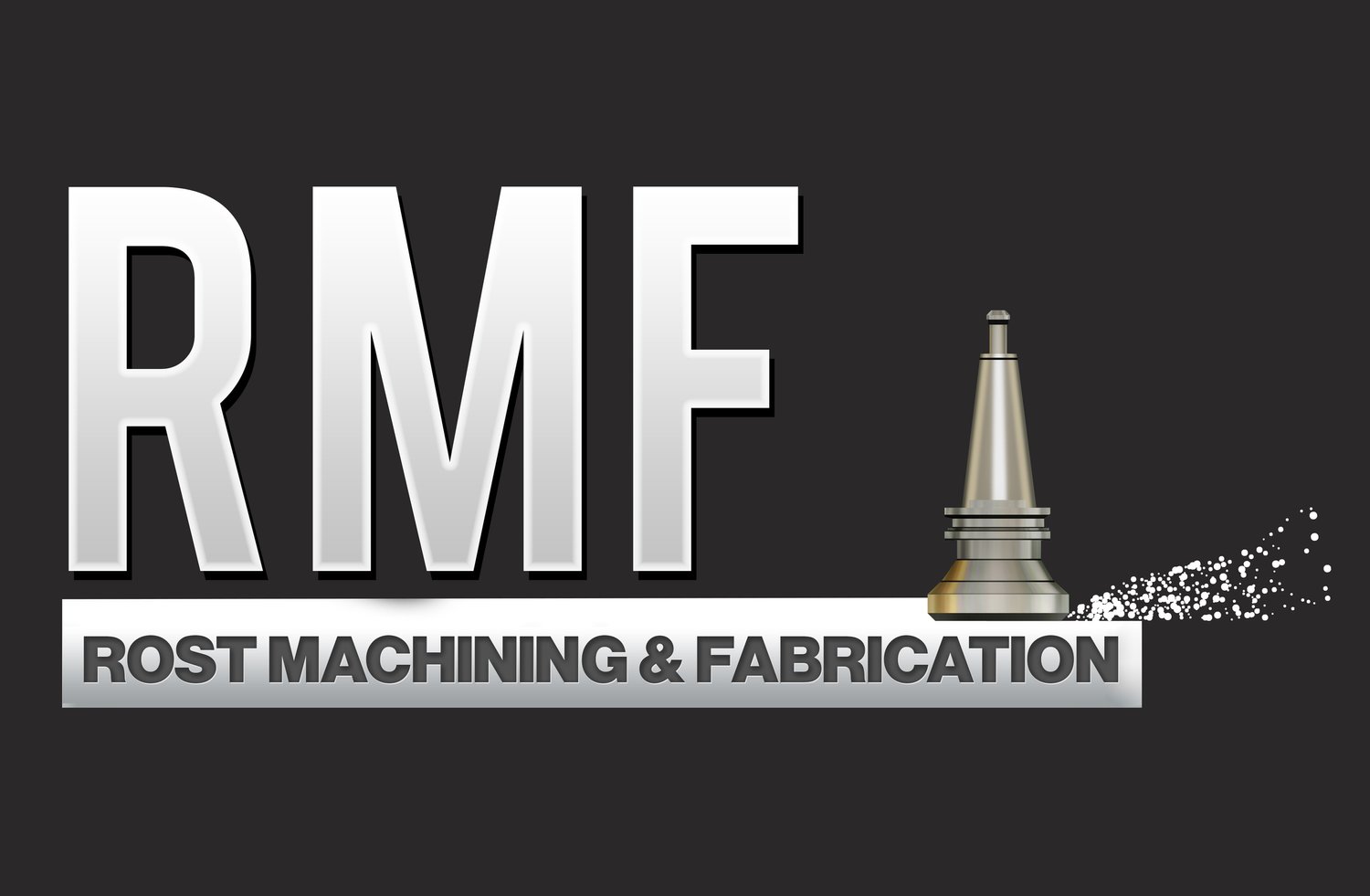Our Guide to the Custom Metal Fabrication Process
Standard metal fabrication and custom fabrication contrasted against each other because of the value they provide. Although ‘custom’ anything tends to be associated with higher expenses, this isn’t always the case, especially when you consider the future value of the project you’re hoping to complete.
Custom fabrication begins with examining the project to identify the appropriate materials and methods that should be used to manufacture the custom design for the lowest possible price. It generates more high-quality and longer-lasting results, which will add even more value to your project. However, you’ll want to know which techniques are the most cost-effective and make your project the best it can be. To determine that, you’ll need to understand the metal fabrication process, which you’ll find below:
Design Intent
The first part of a metal fabrication project is establishing a comprehensive plan to ensure you achieve your desired result. It’s essential to work with a reputable machine shop and fabrication expert to produce an engineering drawing or a standard industrial plan to create a design geared towards your goal, regardless of the fabrication’s complexity.
As part of the process, the fabricator may test and refine plans to confirm that the project design fulfills all industry regulations and requirements, which will help them pinpoint the materials needed for the final project. Your custom fabrication may begin with AutoCad, MTC Shape Cutting, or ProNest files, but it can also start with a hand-drawn plan. Examples of custom metal fabrication projects that benefit from this process include liquid food storage with quality control capabilities, feed tanks, silos, and custom wrap-around spiral staircases.
Metal Type and Thickness
Before the fabricator begins cutting the metal, they must decide on the appropriate method based on the metal type and thickness. For instance, laser cutting works best with light metals or heavy steel plates requiring precise tolerances. The fabricator can also use Computer Numeric Control (CNC) machines if the project demands intricate steel metal shapes, as they’re capable of impressive precision. When required, they can also use plasma tables on thick metal plates to sculpt circular holes or carve complex shapes out of the plate.
Sawing works best for structural steel projects that need large beams as its backbone, using plate shears to cut out simple shapes. On the other hand, if the metal requires plate and angle rolling, bending, or punching, the fabricator may opt for several types of machines. Other equipment they may use include CNC punching, mechanical and CNC hydraulic press brakes, and multi-function ironworkers to shear, bend and punch the metal.
Custom Welding
Choosing the suitable custom welding and assembly techniques will certify that the metal fabrication fulfills industry-specific standards. You’ll want to work with a trustworthy and expert custom fabricator that works with a quality control program, as they will guarantee that your project meets these requirements.
The metal fabricator you choose must test all assemblies and subassemblies to ascertain if the final projects work as intended. They must also document and photograph the assembly process as part of a structured QC program. When looking for a good metal fabricator, be sure to request documentation showing their certifications, such as the Welding Procedure Specifications (WPS) conforming to ASME Section 9 practices that also abide by the API-650 standard.
The fabricator you hire must also ship the most complete form possible to you. For instance, large assemblies must ship with bigger fabrications so that workers can assemble them on-site. That way, you’ll reduce labor expenses and shorten project timelines, helping you save money.
Finishing
Finishing is the last stage in the process. It is just as crucial as the rest of the steps since it lengthens the life of the custom fabrication pieces while certifying that they resist chemicals, corrosion, and tarnishing. The fabricator can also use finishing techniques to add more value to your project. These include metal bead blasting or other surface prep that will make the paint or coating adhere more to the metal’s surface, custom painting and drying in controlled paint booths, hot-dip galvanizing, and metal powder coating.
These techniques can lower the labor costs on your project while increasing your return on investment, adding stability, and raising the visibility of the metal parts of your project.
Conclusion
There are many things to consider when starting a custom metal fabrication project. By using our guide, you’ll understand the process, the different techniques that your fabricator will use, and the other factors that contribute to a successful, long-lasting, and durable product.
Rost Machining & Fabrication is the leading provider of machining, finishing, and fabrication services in the South Bay. We are a small, family-run business that works on products in industries from automotive to aerospace to robotics. Contact us today to learn more about what we can do for your project!
